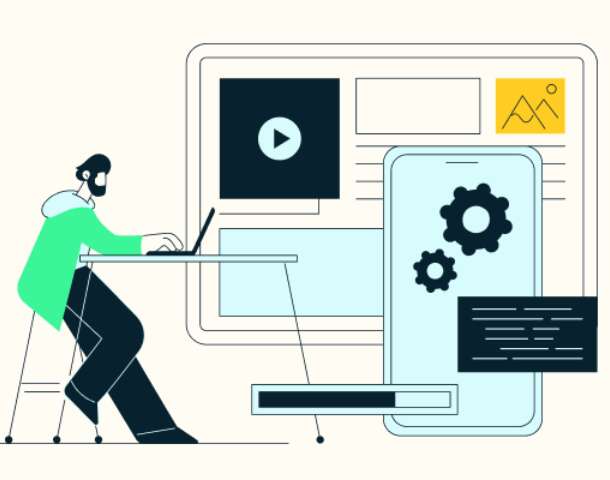
Tech without dreck: Choose plain language for a better user experience
Estimated reading time:
2 minutes
2 minute read
Posted on May 13, 2025
May 13, 2025
Use technical language where it adds value—plain language where it drives clarity. Learn to strike the right balance on your tech website.


